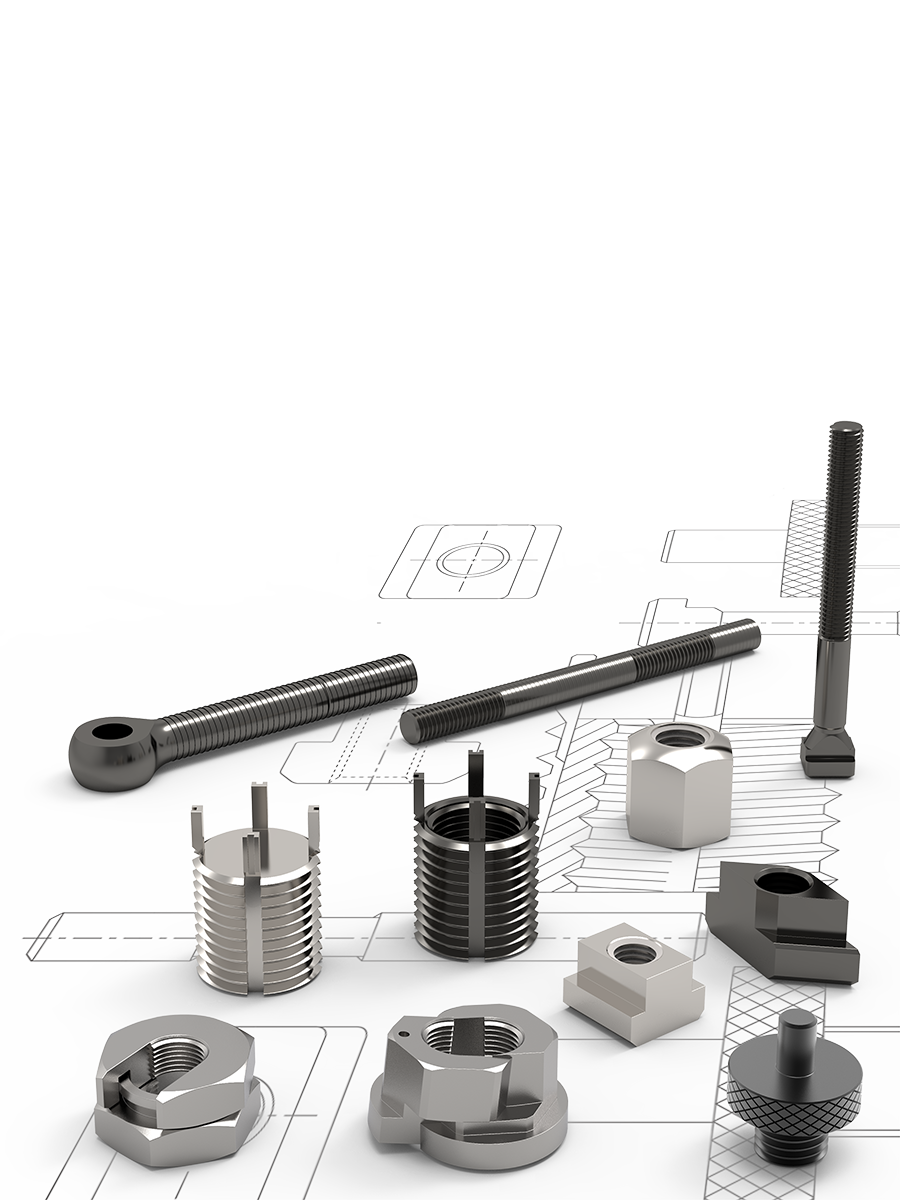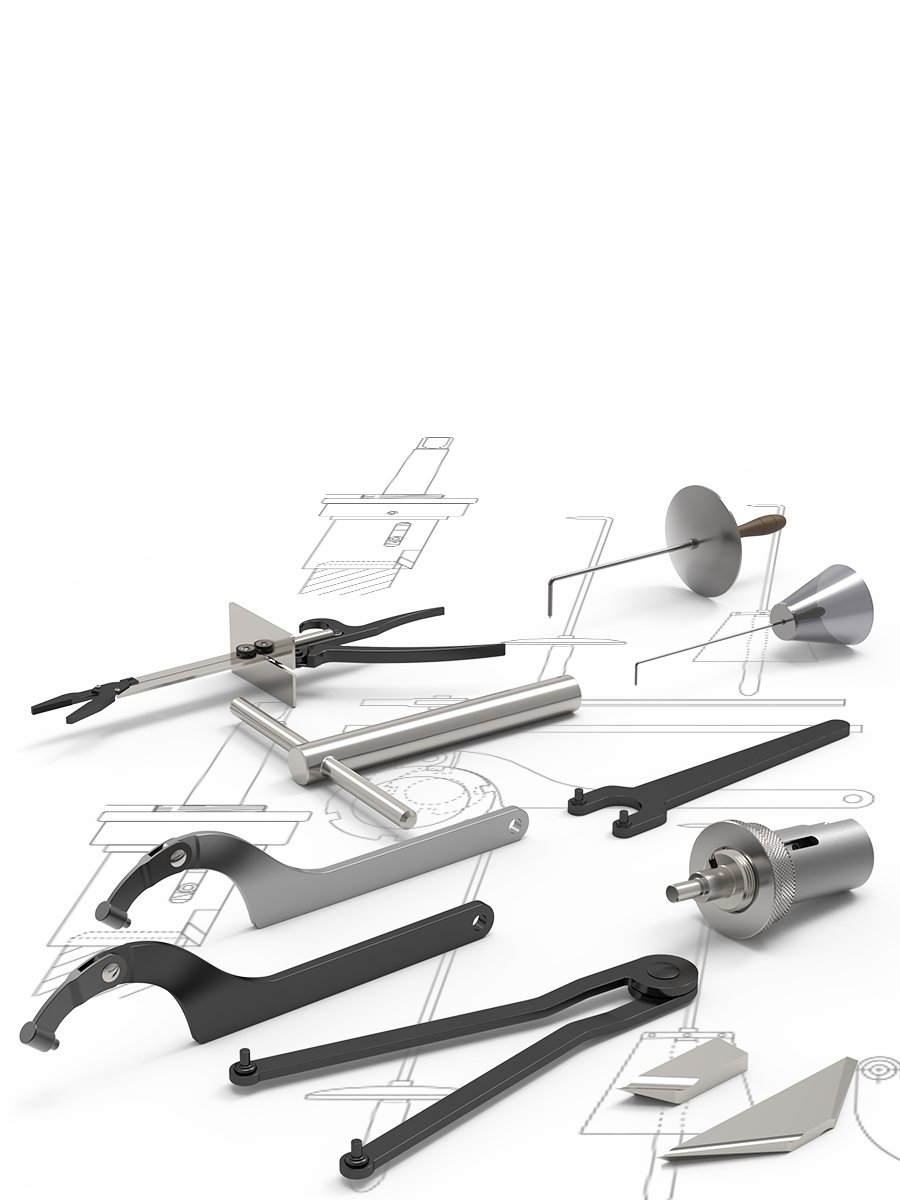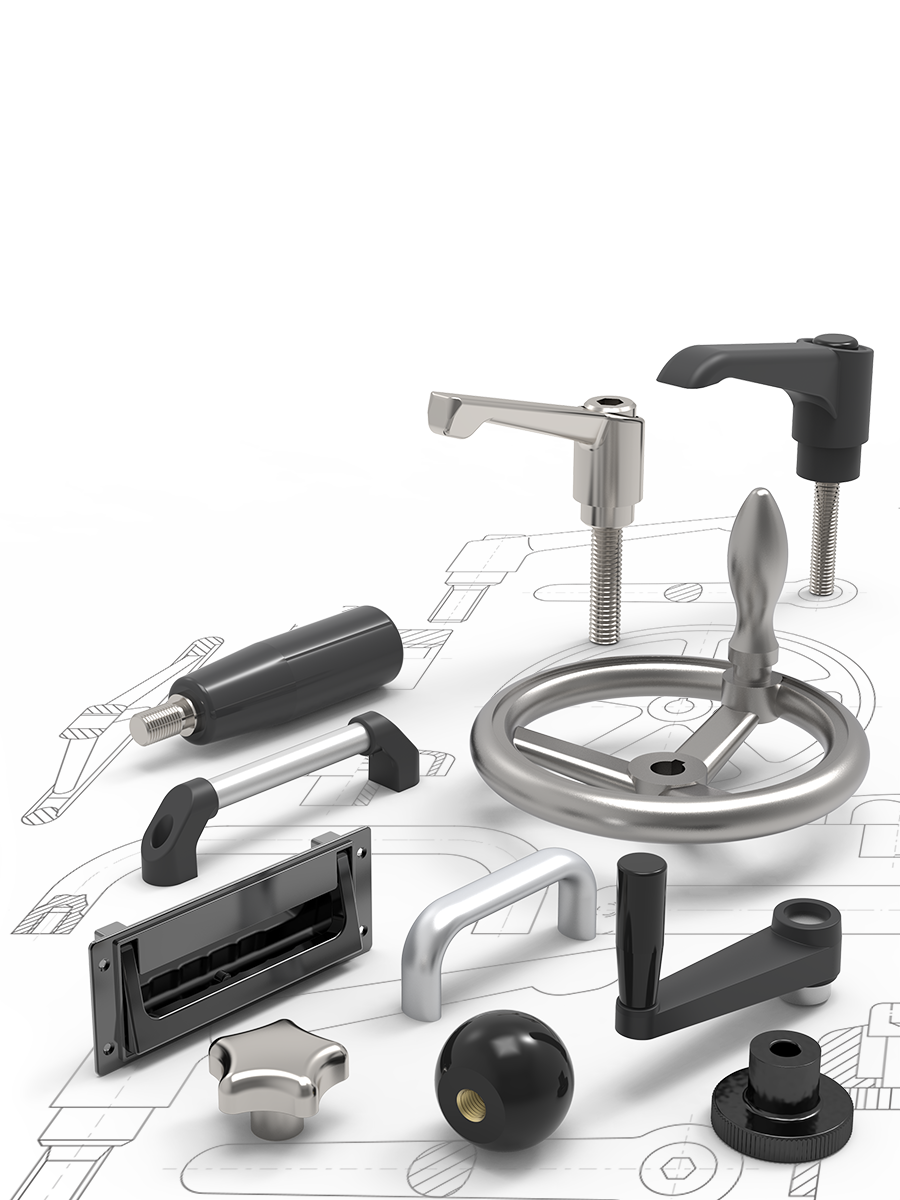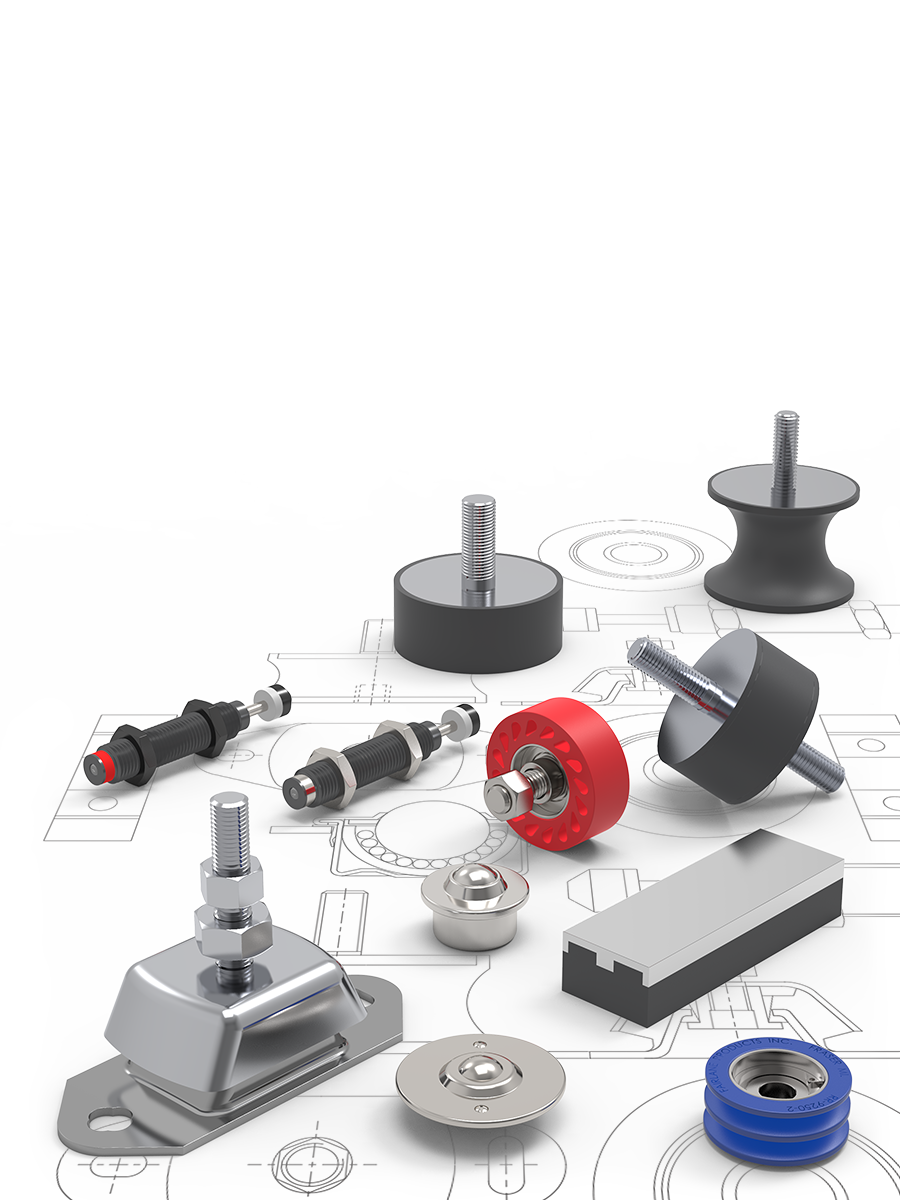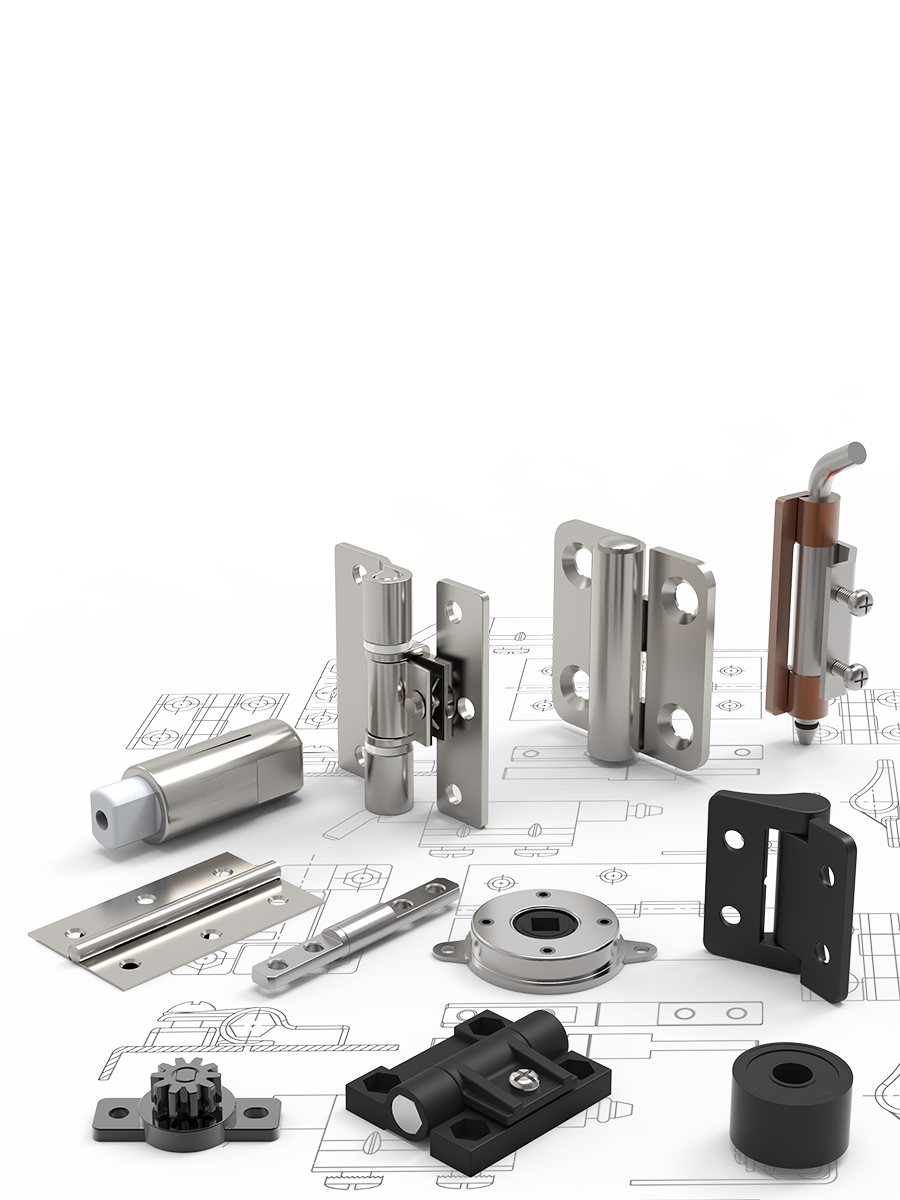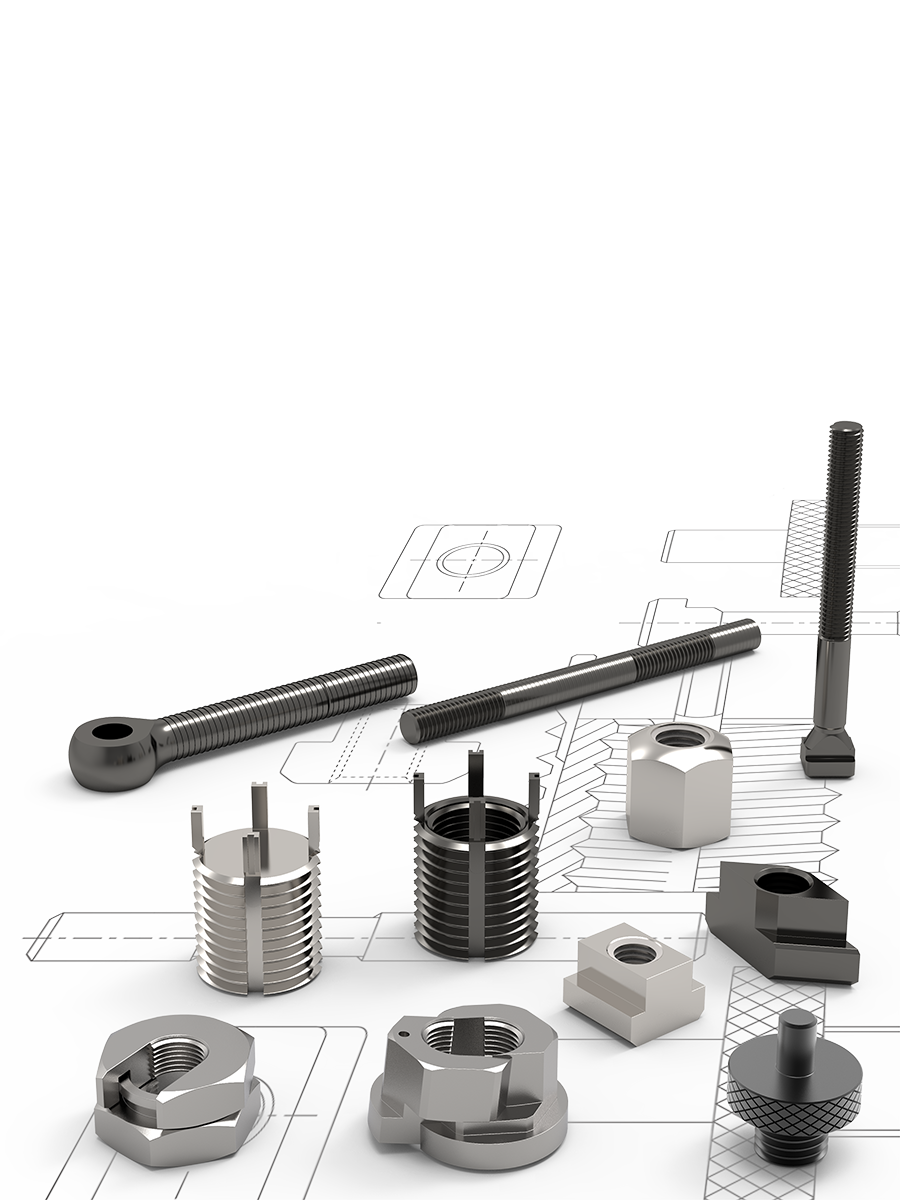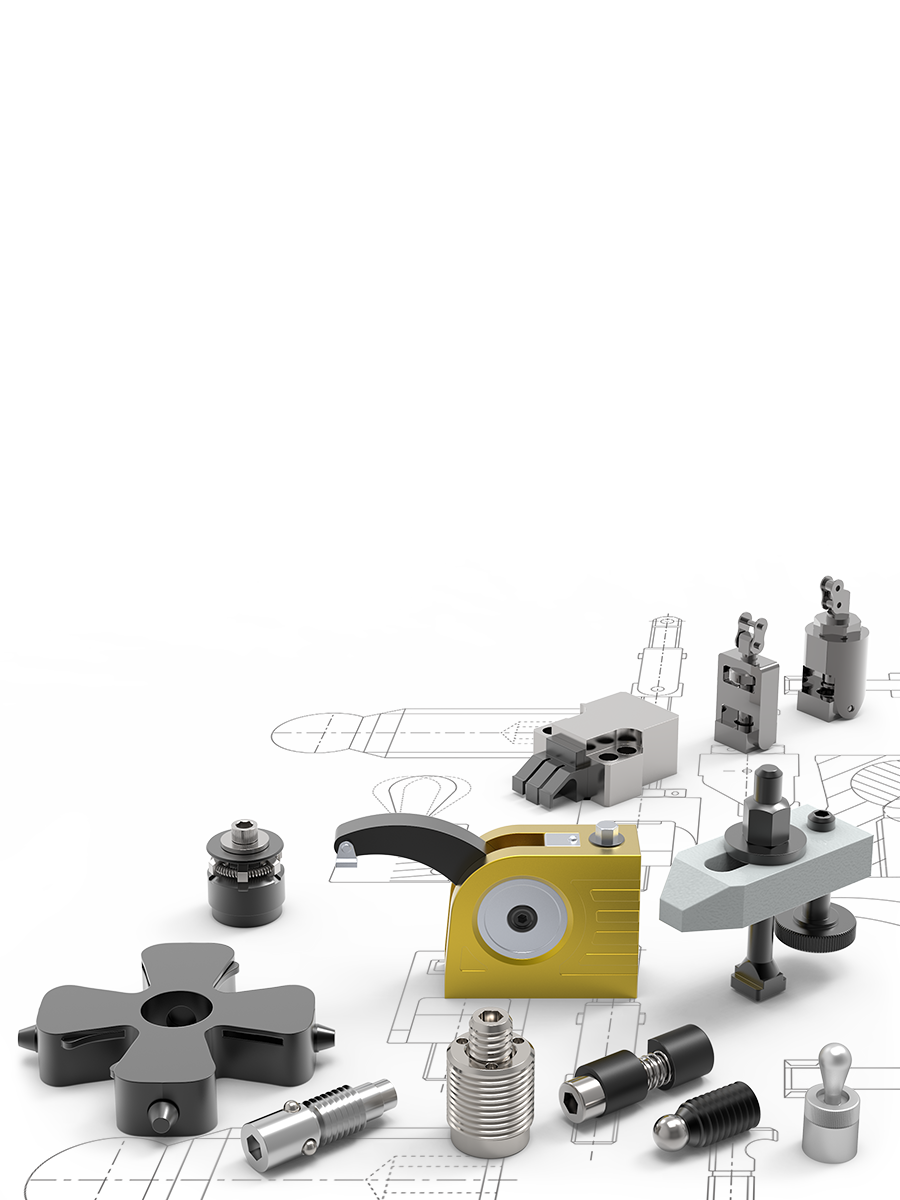Wixroyd Ball Transfer Units - Selection
What is...
Materials
| Housing | Ball | Load Factor | |
| Steel | Steel | 1,0 | Housing: AISI 1040 steel, machined, toughened & zinc plated. Ball: AISI 52100 chrome steel. |
| Steel | Stainless | 0,7 | Housing: AISI 1040 steel, machined, toughened & zinc plated. Ball: AISI 420 chrome steel. |
| Stainless | Stainless | 0,3 | Housing: AISI 416 stainless steel. Ball: AISI 420 stainless steel. |
| Steel | Acetal | Housing: AISI 1040 steel, machined, toughened & zinc plated. Ball: POM acetal. | |
| Aluminium | Stainless | Housing: Aluminium. Ball: AISI 420 stainless steel. | |
| Acetal | Acetal | Housing: Housing: POM acetal. Ball: POM acetal. | |
| Acetal | Stainless | Housing: POM acetal. Ball: AISI 420 stainless steel. |
Features
Fixing clip selection
| Part No. | Ball Size | Minimum Bore Ø | Maximum Bore Ø |
| 67202.W9015 | 15 | 24,8 | 25,0 |
| 67202.W9022 | 22 | 37,0 | 37,2 |
| 67202.W9030 | 30 | 46,3 | 46,7 |
Clip requires a minimum plate thickness of 3mm to grip securely
How to slect the correct unit
| Ball Type | Max. Load (Kg) | Friction (% of load) | Speed m/sec | Shock Loads | Shock Loads | Arduous Conditions | Orientation | Instant Change |
| Medium Duty | 20-3500 | 2% | 1,5 | ✔ ✔ ✔ | ✔ ✔ | ✔ ✔ |  | |
| Light Duty | 7-250 | 3% | 1,0 | ✔ | ✔ ✔ |  | ✔ ✔ ✔ |
Variables to Consider

Shock Loads: Specify High Capacity series & Spring Loaded Units

Track Hardness / Conveyed item material: Standard material Ball Units have Rockwell 'C' hardness of 60 minimum

Delicate Surfaces: Ball Units - Acetal (POM) & Phenolic Resin

Operating Environment: Wet, dirty, outdoor, radioactive
Technical Specs
Operating Temperature

Conveying speed and load capacity
The maximum conveying speed allowed amounts to 2m/s. The load capacities specified apply to any mounting position and are based on 106 rotations of the load ball. With the units being used over a longer time at speeds exceeding 1 m/s, an increase in temperature as well as a reduction in travel life must be expected depending on the load.
Calculation of travel life

Friction
The diagram shows the friction values as a function of load and speed for Ball Transfer Units. These approximate values apply to all mounting positions with operation on a hardened steel plate.
v = 1m/s

Installation
Load and stability
To determine the load of a Ball Transfer Unit, the weight of the article to be conveyed should be divided by 3. If the height tolerance of the load balls is good and the surface of the workpiece to be conveyed is suitable, the calculation can be based on the number of Ball Transfer Units under the load.

Pitching and spacing
How the Ball Transfer Units should be arranged depends on the bottom surface of the load to be transported. For loads with a uniform, even bottom surface, e.g. packing cases, the distance between the Ball Transfer Units is calculated by dividing the smallest dimension by 3,5.

Email Newsletter
Be the first to receive the latest news and exclusive offers via our newsletter.
Alexia House, Glenmore Business Park
PO19 7BJ Chichester
United Kingdom
0333 207 4497
sales@wixroyd.com
Route via Google Maps
Company registration no: 00496138
Company VAT number GB 408154022


















